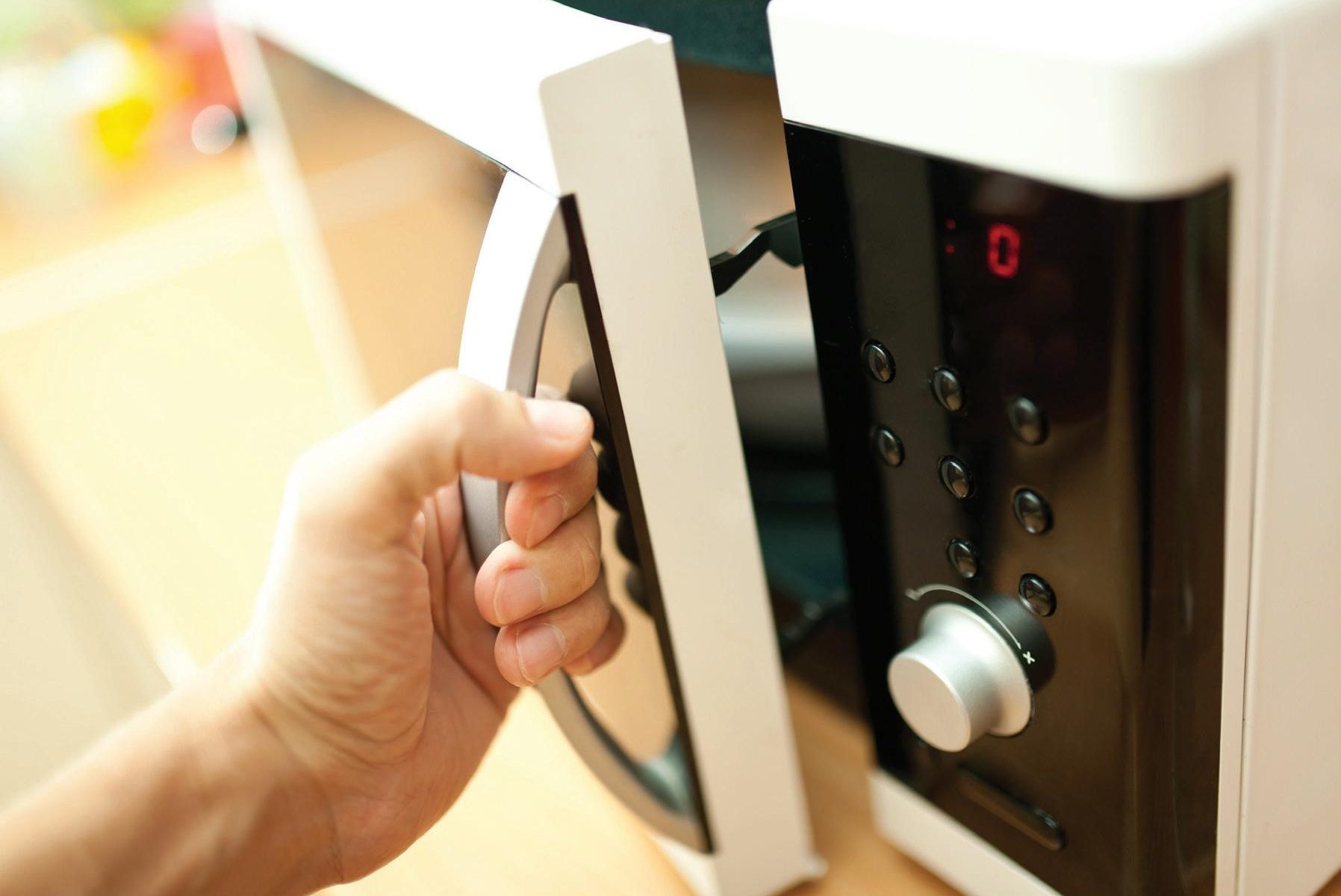Living with a pacemaker can present a unique set of challenges, as individuals must navigate the everyday world with an increased awareness of potential electromagnetic interference (EMI) and its potential impact on their medical device. One of the common questions that often arises is whether it’s safe for pacemaker wearers to use a microwave oven, a ubiquitous household appliance that emits electromagnetic radiation.
Can You Use a Microwave with a Pacemaker? Separating Fact from Fiction
Introduction
In the modern world, both microwaves and pacemakers are part of daily life for many. The question of whether it’s safe to use a microwave if you have a pacemaker is a concern for patients and their families. This article seeks to provide clarity, drawing on the latest research and expert advice to navigate through myths and truths surrounding the interaction between microwaves and pacemakers.
Understanding the Basics
What is a Pacemaker?
A pacemaker is a medical device implanted in the chest or abdomen to help manage irregular heartbeats. It uses electrical pulses to prompt the heart to beat at a normal rate.
How Do Microwaves Work?
Microwaves cook food using non-ionizing radiation. This radiation causes water molecules in food to vibrate, producing heat that cooks the food.
The History of Pacemakers and Microwaves: A Look at Advances
Evolution of Pacemaker Technology
Pacemakers have undergone significant evolution since their inception. Early models were indeed susceptible to electromagnetic interference (EMI), but advancements have led to increased shielding and safety features.
Changes in Microwave Design
Like pacemakers, the design and functionality of microwaves have also improved over the years. Modern microwaves are designed to prevent leakage of the microwaves.
Addressing Concerns: Is There a Risk?
The Science Behind Electromagnetic Interference (EMI)
Electromagnetic interference occurs when an external source of electromagnetic energy affects the performance of an electronic device. Understanding how this applies to pacemakers and microwaves is crucial.
Research Findings on Microwaves and Pacemaker Interference
Extensive research has shown that modern pacemakers are well-protected against EMI from household appliances, including microwaves.
Practical Advice for Pacemaker Patients
Safety Precautions
While the risk of interference is low, taking basic precautions such as maintaining a reasonable distance from a microwave in use can offer additional peace of mind.
When to Consult a Medical Professional
It’s essential for individuals with pacemakers to have regular check-ups to ensure their device is functioning correctly and to discuss any concerns about household appliances.
Can You Use a Microwave with a Pacemaker?
The question of whether it’s safe to use a microwave with a pacemaker is a common concern for individuals with implanted cardiac devices. Pacemakers are small, battery-powered devices that help regulate the heart’s rhythm. They deliver electrical impulses to the heart muscle to maintain a steady heartbeat. Microwaves, on the other hand, use electromagnetic radiation to heat food. This raises concerns about potential interference between the two devices.
Understanding Pacemakers and Microwaves
Pacemakers: These devices consist of a pulse generator and leads. The generator houses the battery and a tiny computer. It’s usually implanted under the skin near the collarbone. The leads are thin wires that connect the generator to the heart chambers. Pacemakers monitor the heart’s electrical activity and send electrical impulses when needed to maintain a normal heart rate.
Microwaves: These kitchen appliances use electromagnetic radiation in the microwave frequency range. This energy excites water molecules in food, generating heat and cooking the food. Modern microwaves are designed with shielding to contain the radiation within the appliance.
Potential Interference: Myth or Reality?
In the past, there were concerns about potential interference between pacemakers and microwaves. Older pacemaker models were more susceptible to electromagnetic interference from various sources, including microwaves. However, advancements in pacemaker technology have significantly improved their resistance to interference.
Modern pacemakers are designed with built-in shielding and filtering mechanisms. These features help protect the device from external electromagnetic fields, including those emitted by microwaves. As a result, the risk of interference from microwave ovens is minimal with current pacemaker models.
Safety Precautions for Pacemaker Users
While the risk of interference is low, it’s still essential for pacemaker users to take some precautions when using a microwave:
- Maintain Distance: Avoid standing directly in front of the microwave while it’s operating.
- Properly Functioning Microwave: Ensure your microwave is in good working condition and the door seals properly.
- Avoid Old Appliances: Older microwave models may have less effective shielding.
- Consult Your Doctor: Discuss any concerns you have about using a microwave with your cardiologist.
Additional Sources of Electromagnetic Interference
Although microwaves pose minimal risk, other sources of electromagnetic interference can potentially affect pacemakers. These include:
- High-voltage power lines
- Industrial equipment
- Anti-theft systems
- Certain medical equipment (MRI machines)
It’s recommended to avoid close or prolonged exposure to such sources.
Living with a Pacemaker: Tips and Advice
Living with a pacemaker requires some adjustments, but it shouldn’t significantly limit your daily activities. Here are some tips:
- Regular Checkups: Schedule regular follow-up appointments with your cardiologist to monitor your pacemaker’s function.
- Carry Your ID Card: Always carry your pacemaker identification card, which contains important information about your device.
- Be Aware of Symptoms: Report any unusual symptoms, such as dizziness, palpitations, or fainting, to your doctor immediately.
- Inform Medical Professionals: Always inform healthcare providers about your pacemaker before undergoing any medical procedures.

Conclusion: Microwaves and Pacemakers
The risk of interference between modern pacemakers and microwaves is minimal. Technological advancements have made pacemakers more resistant to electromagnetic interference. However, taking some simple precautions ensures the safe use of both devices. Remember to maintain distance from the microwave while it’s on, and consult your doctor for any specific concerns related to your pacemaker and potential sources of interference. With proper The consensus among health professionals is that the use of microwaves does not pose a significant risk to individuals with modern pacemakers, thanks to advances in technology. By staying informed and following simple precautions, those with pacemakers can safely enjoy the convenience of microwave cooking.
Pacemaker wearers must navigate potential electromagnetic interference from household appliances like microwaves. Understanding the risks is crucial. Maintain a 2-foot distance from microwave ovens and avoid direct exposure. Consult healthcare providers for personalized guidance. Watch for symptoms like dizziness or irregular heartbeat, and move away from the suspected interference source. Maintain open communication with doctors to ensure your pacemaker functions properly. By following safety precautions, pacemaker wearers can confidently use microwaves while prioritizing their health. Stay informed and empower yourself to navigate these everyday challenges with care and confidence.

